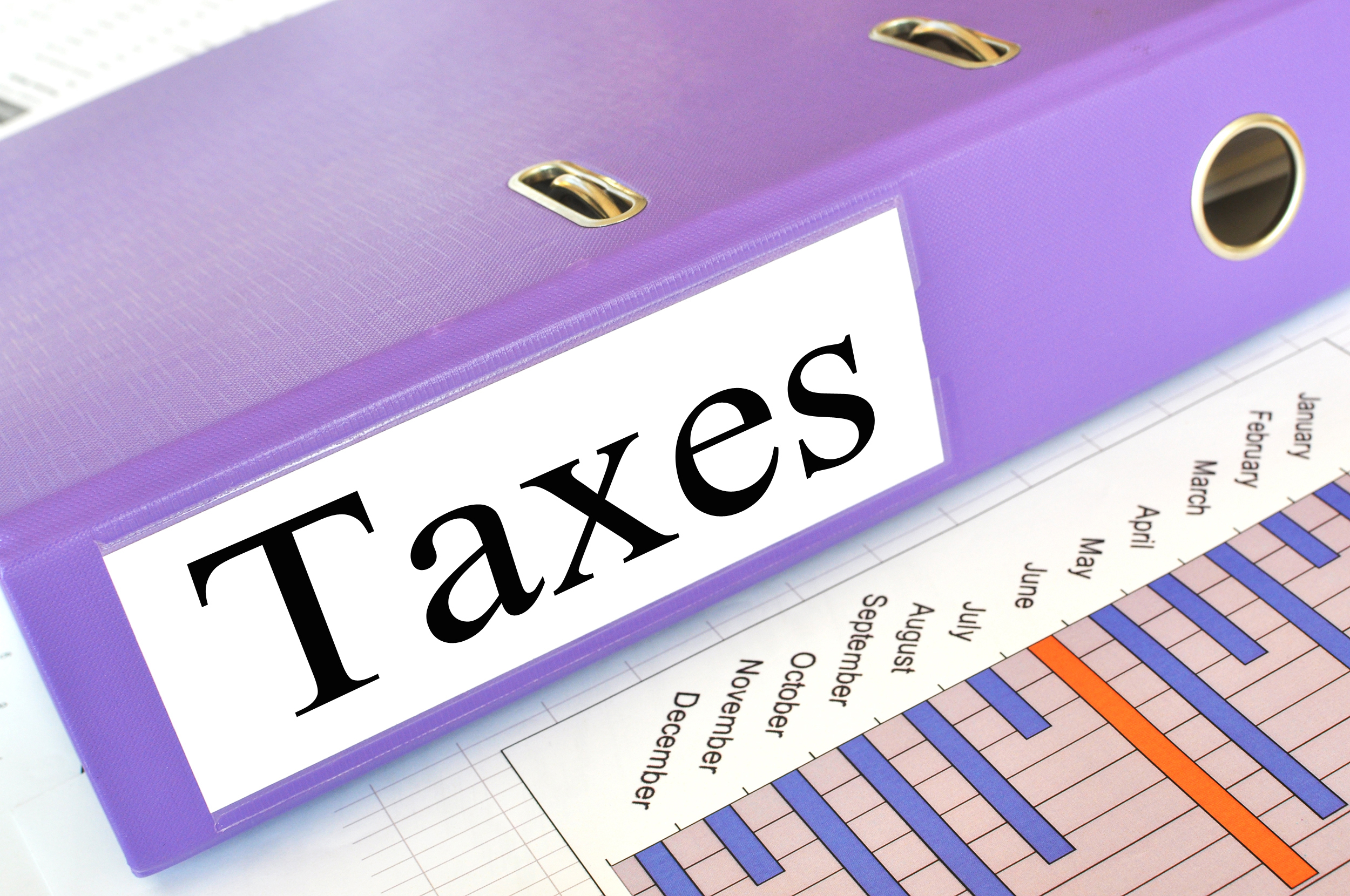Buy to Let
Landlords to be stung with cuts to Private Residence Relief

The reform is the latest in a long line of changes to tax and regulation in the buy-to-let sector
HM Treasury expects cuts to Private Residence Relief (PRR) to earn £470m of additional Capital Gains Tax (CGT) during the next five years.
The figure was confirmed as the Treasury published its consultation into the cuts that will see the scope of PRR reduced.
It follows an initial announcement made at Budget 2018 when chancellor Philip Hammond said the relief would be eliminated for people not using the home as their main residence.
“CGT relief will only be permitted for landlords where they are sharing occupation of the property with a tenant,” he said.
The changes that will take effect from 6 April 2020 are:
- Lettings Relief will be reformed so that it only applies where an owner is in shared occupancy with a tenant;
- The final period exemption will be reduced from 18 months to nine months to better target the exemption at owner-occupiers with one main dwelling. The special rules that give those with a disability, and those in care, an exemption of 36 months will not change.
Extends further than intended
The consultation noted that Lettings Relief was introduced in 1980 to ensure people could let out spare rooms within their property on a casual basis without losing the benefit of PRR.
“However, in practice lettings relief extends much further than the original policy intended and also benefits those who let out a whole dwelling that has at some stage been their main residence,” it said.
“The reform to lettings relief announced at Budget 2018 will limit the availability of lettings relief and restrict it to those who share occupation of their house with a tenant for all disposals made on or after 6 April 2020.”
The change is the latest to hit landlords with the cuts to Mortgage Interest Relief in the process of being introduced.
The consultation includes examples of how the changes may impact homeowners and landlords.